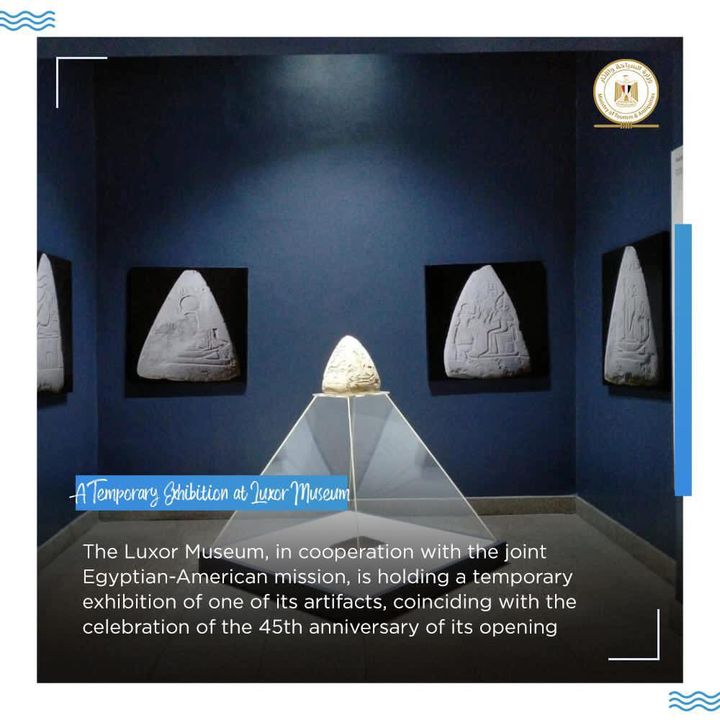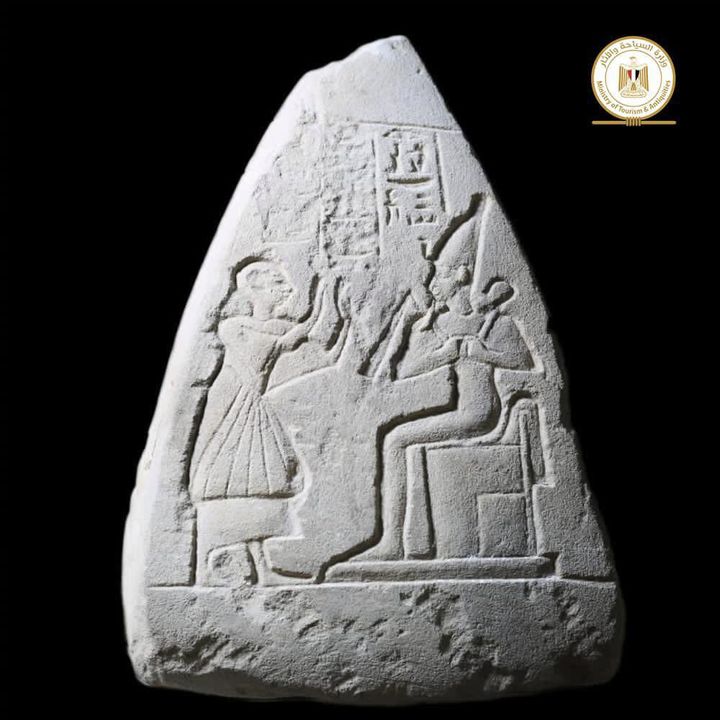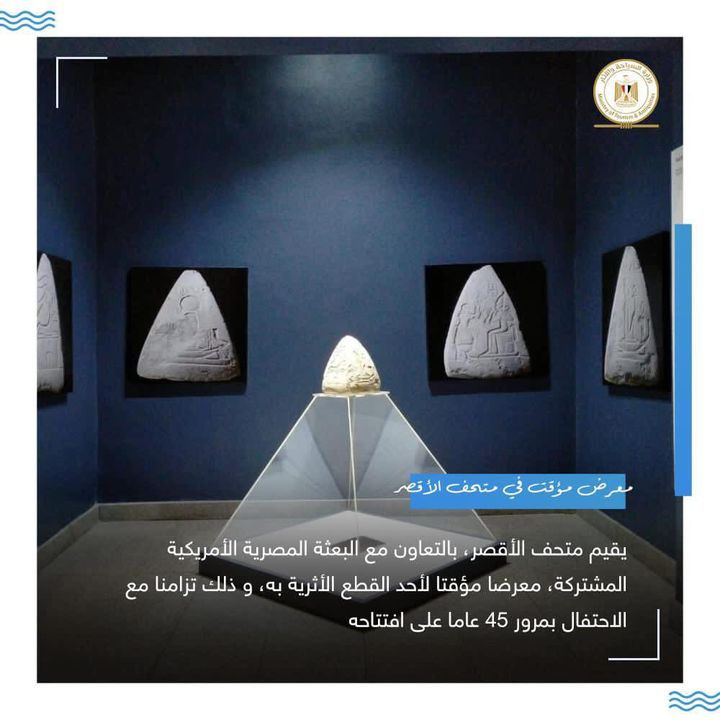وأوضح الدكتور علاء المنشاوي مدير متحف الاقصر أن هذا المعرض يضم قطعة واحدة فقط هي عبارة عن هُريم من الحجر الرملي من نتائج أعمال البعثة الأثرية المصرية الامريكية المشتركة العاملة بجبانة جنوب العساسيف الأثرية.
وأشار أن العرض الخاص سيستمر حتي شهر يونيو القادم وأن الهُريم غاية في الجمال حيث أن جوانبه الأربعة مزينة بمناظر من الحفر الغائر كالآتي شخص في وضع تعبدي أمام الاله أوزير، والاله رع حور آختي بجانبه مركب، والاله أنوبيس راقدا علي مقصورته وفوقه قرص الشمس، ومركب يعلوه الاله آتوم. هذا بالاضافة إلى وجود بقايا كتابات هيروغليفية، يبلغ ارتفاع الهُريم حوالي ٤٠ سم و عرضه ٢٧ سم وطول ٣٣ سم.
وأكد د. علاء المنشاوي أن هذا المعرض يصاحبه عرض للوحات إيضاحية عن منطقة العساسيف والمقبرة التي تم العثور علي الهُريم بداخلها، بالاضافة الى شرح تفصيلي لها مما يعمل بدوره على رفع الوعي لدي أبناء الشعب المصري بأهمية تراثهم الحضاري والحفاظ عليه.
جدير بالذكر أن متحف الاقصر يضم حوالي 3000 قطعة أثرية ترجع لعصور ما قبل التاريخ، ويلقي الضوء على فترة الدولة الحديثة وصولا إلى العصر الإسلامي.
من أهم قاعات المتحف هي قاعة الخبيئة ، وفي 12سبتمبر 1991 تم تحويلها لقاعة عرض للقطع الأثرية التي اكتشفت في خبيئة معبد الاقصر1989.
من معروضات المتحف تمثال الاله سوبك والملك امنحتب الثالث الذي عثر عليه عام 1967 داخل بئر فى قاع ترعة فى أرمنت بالأقصر.
The Luxor Museum, in cooperation with the joint Egyptian-American mission, is holding a temporary exhibition today for one of its artifacts, coinciding with the celebration of the 45th anniversary of its opening
Dr. Alaa Al-Minshawy, director of Luxor Museum, explained that this exhibition includes only one piece, which is a pyramidion of sandstone which is a result of the joint Egyptian-American archaeological mission working in the South Al-Asasif archaeological burial ground.
He pointed out that the special exhibition will continue until next June, and that the pyramidion is very beautiful, as its four sides are decorated with engraved scenes; a person in a devotional position in front of the god Osir, the god Ra Hur Akhti with a boat beside him, the god Anubis lying down and above him is the sun, and a boat with the god Atum. This is in addition to the remains of hieroglyphics. The pyramidion is about 40 cm high, 27 cm wide and 33 cm long.
Dr. Alaa Al-Minshawy said that this exhibition is accompanied by a illustrative paintings depicting Al-Asasif archaeological site and the burial ground in which the pyramidion was found. In addition to a detailed explanation of the site, which raises awareness among Egyptians on the importance of their cultural heritage and its preservation.
It is worth noting that the Luxor Museum includes about 3000 prehistoric artifacts, and sheds light on the late period up to the Islamic era.
One of the most important halls of the museum is the cachette hall, and on September 12, 1991 it was converted into an exhibition gallery for the artifacts discovered in the cache of the Luxor Temple in 1989.
Among the museum exhibits is the statue of the god Sobek and King Amenhotep III, which was found in 1967 in a burial shaft at the bottom of a canal in Armant, Luxor.


